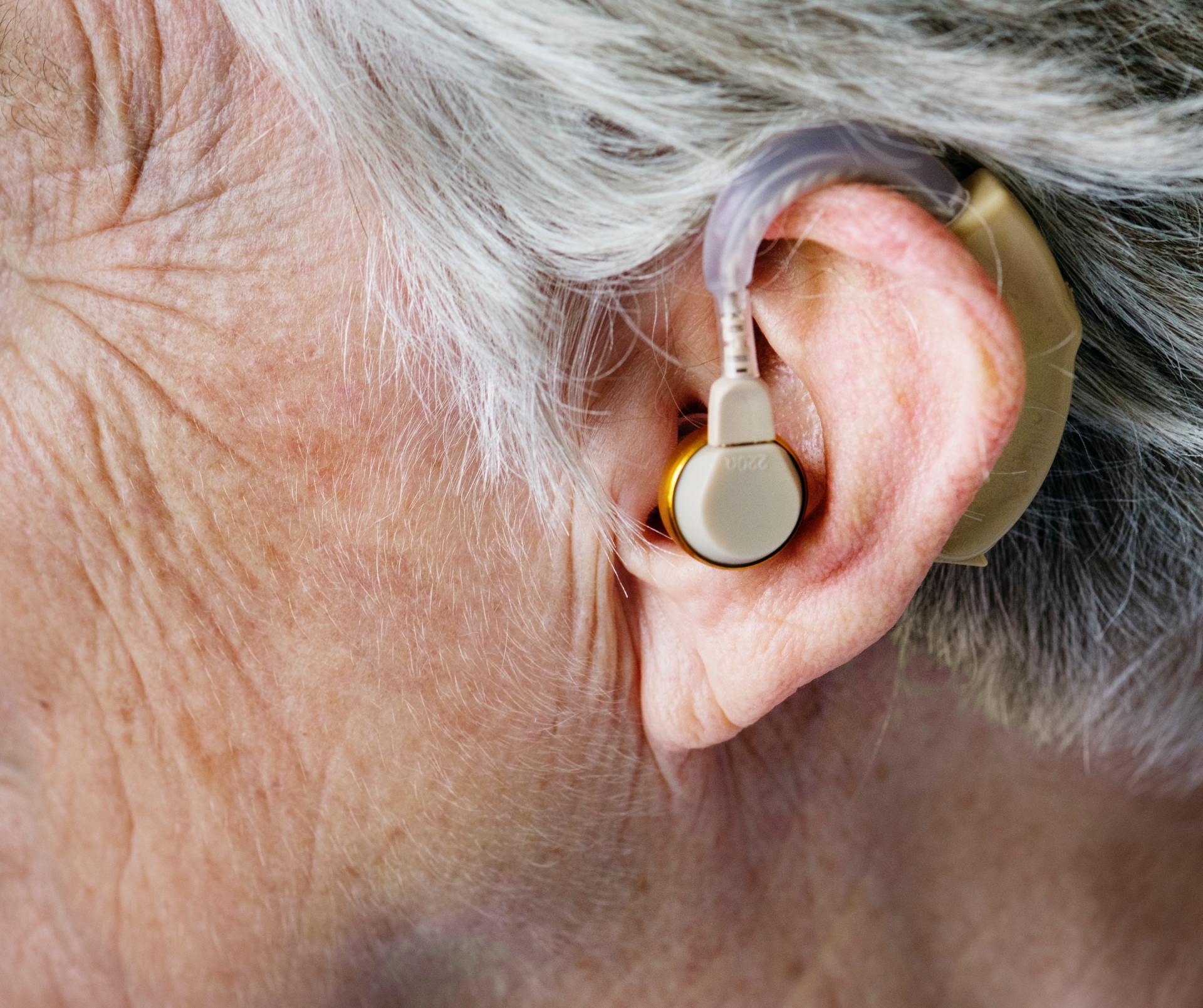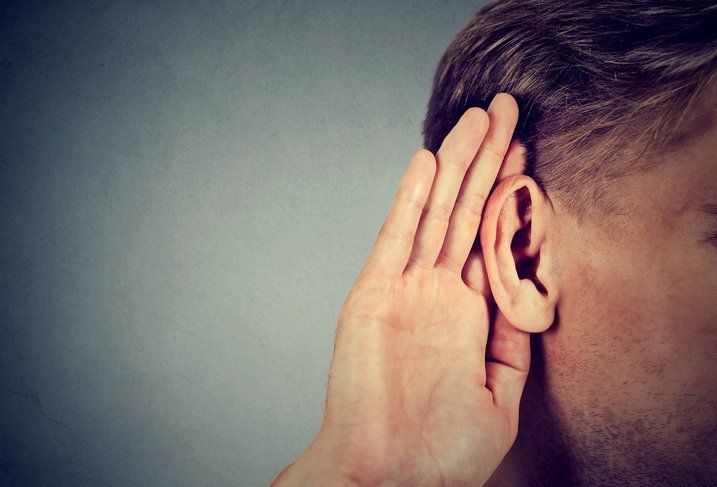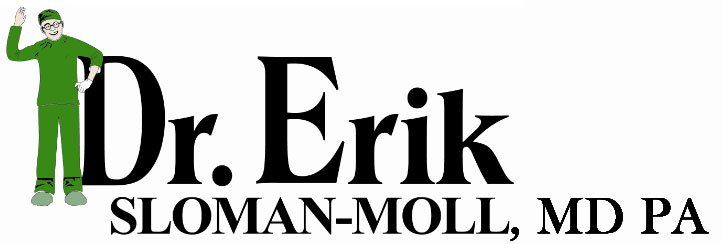Blog
Learn More About Topics Relating to Ear, Nose & Throat

By proadAccountId-325444
•
September 11, 2018
There’s no doubt about it; today’s hearing aids are discreet, comfortable, and highly effective. But even though you know that you’re not likely to find your grandmother’s (or great-great grandmother’s) hearing aids at a modern doctor’s office, technology is moving quickly enough that it’s hard to keep up with all the advancements being made. We’re here to help. We’ve put together a list of the three most amazing, cutting-edge advancements in hearing aid technology. We hope this list will give you some food for thought, and if you’d like to learn how to access any of this new technology, please give us a call today! Cloud-Based Machine Learning This sounds complicated, so let’s break it down. Basically, modern hearing aids can now access the cloud (i.e., the internet), sharing information with manufacturers and other hearing aids. Because of this, hearing aid manufacturers now have access to reams of data that simply didn’t exist before. They can use this data to drive innovation and improvement, and the hearing aids themselves can learn from the data in the cloud, becoming better and better the longer you use them. Smartphone Integration Many hearing aids already come with integration for a certain type of phone (the one made by a company named after a fruit). Users who had this type of phone could stream music, talk hands-free, watch movie and videos, and more, all right from their hearing aids. However, users who didn’t have this type of phone often felt left out. Now, manufacturers are coming up with systems that use Bluetooth technology to connect with any smartphone. Users will no longer be locked into one type of phone to access the latest bells and whistles. Hearing Aid Sensors Hearing aid manufacturers are experimenting with adding more sensors into smaller and more discreet packages than ever before. Right now, one company is creating hearing aid sensors to detect falls and notify emergency services if one occurs. As time passes and technology develops, hearing aids could become personal assistants, giving turn-by-turn directions, monitoring health data like blood sugar and steps taken, managing schedules, handling calls, and much more – the sorts of things we use our phones, memories, and other people for now. These are just a few of the promising hearing aid advancements of today. There are many more in development! However, no matter how hearing aid technology advances, you can count on us to remain ahead of the curve and committed to connecting you with the hearing aid that works for you. If you have questions or want to learn more about any of this new hearing aid technology, please contact us today!

By lemaster
•
January 17, 2018
Hearing loss can be a struggle, not only for the individual experiencing the hearing loss but also for their friends and loved ones. No one enjoys shouting to be heard, and those experiencing hearing loss can often feel a sense of isolation, due to not being able to hear those around them. Sometimes individuals experiencing hearing loss are hesitant to address the issue or in denial. Hearing loss is unfortunately associated with old age and can be perceived as a sign of deteriorating health. Many individuals with hearing loss feel there is a stigma associated with wearing a hearing device. There are a few effective ways to approach this delicate subject with your loved one. Have your loved one speak with an audiologist. Some individuals have an easier time speaking about hearing loss with a medical professional, rather than a friend or family member. Don’t make it seem like hearing loss is your loved one’s problem. Explain how their hearing loss is affecting those around them. Knowing that their family members are concerned about their isolation can be enough to convince some individuals that they should consider a hearing appliance. This also makes it less about them, and more of a whole family matter. If your loved one is worried about how a hearing aid may look, inform them of many advances in hearing aids. Some modern hearing aids are very comfortable and discrete. Maintaining a positive attitude when approaching this subject is key. Make sure your loved one knows that you’re in this with them and that your goal is to make sure they are not alone in this. If you or your loved one may be in need of a hearing aid in the Laredo, TX area, give the experts at Sloman-Moll Erik MD PA a call.
Leave a Review
Call Us
Dr. Erik Sloman-Moll, MD PA
10410 Medical Loop Building 4B, Laredo, TX 78045







